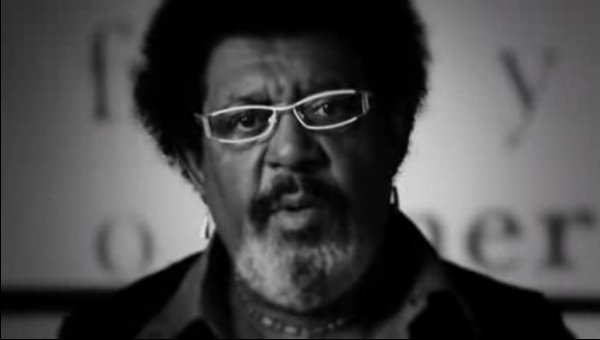By most accounts, it seems that there has never been a better time to be a teacher of languages. With globalization increasing the need for communication between diverse groups of people–the same force keeping the translation industry robust at the moment–more and more people are seeking fluency in one or more foreign languages. From toddlers placed into bilingual learning environments, to post-middle age learners, people all over the world are increasingly recognizing the importance of multilingualism for business and job prospects.
So which languages are the most sought-after? Few would be surprised that English still holds the top spot for those wanting to learn a second language. It remains the dominant language of business and science internationally, and continues to hold the interest of those who learn a language for personal use (often to meet people from other cultures.)
Even so, English is not the most spoken language on Earth, nor is it the second. Those positions go to Mandarin Chinese and Spanish, respectively. The latter is followed closely by English in terms of the number of people that speak it as their first language. And while the Chinese language has seen a significant bump in recent years in terms of the number of people who want to learn it, due largely to economic robustness in the country, there are other factors to consider beyond how many people speak a language globally.
A recent article published on portafolio.co claims that often, Chinese businessmen and women prefer to communicate in English rather than hear someone else speaking their language. It is unclear whether that applies only to foreigners speaking their language badly, but it does point to the preference for English in business dealings. Whatever the reason, it certainly never hurts to have some knowledge of another language, if only to get the greetings out of the way politely.













